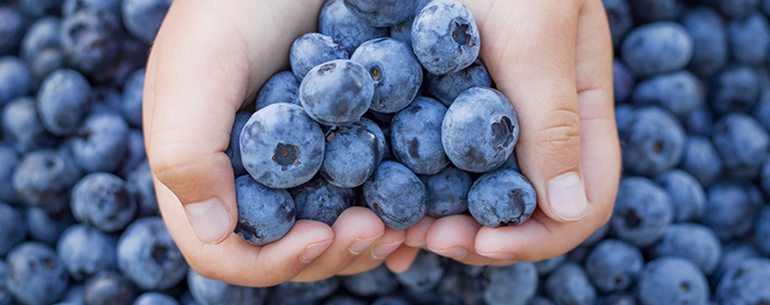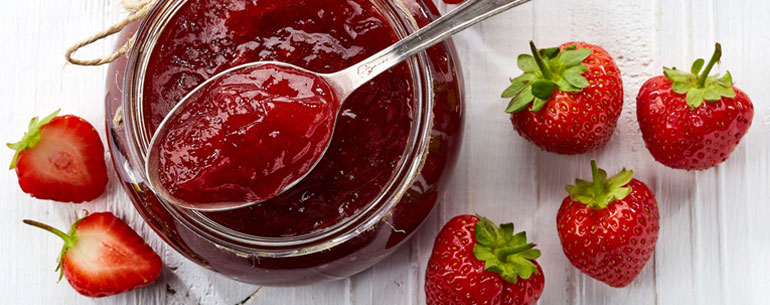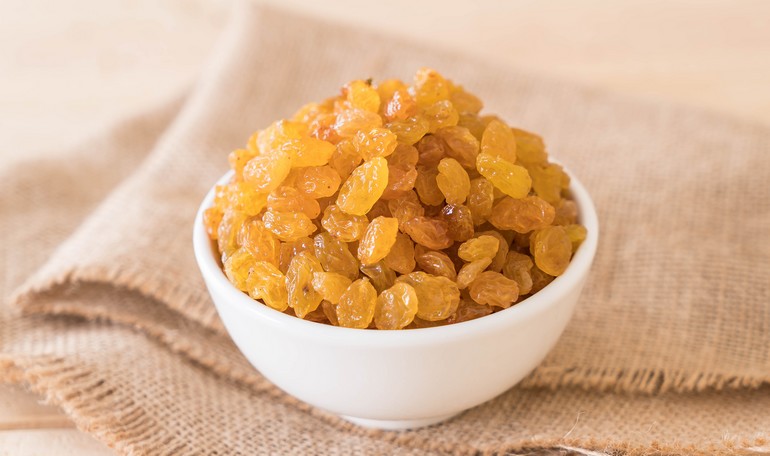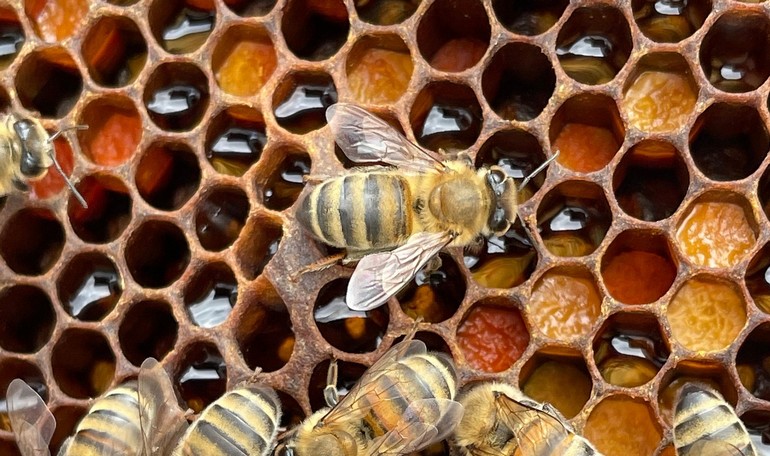The word from the nutritionist
Superfruits: i cranberries
Cranberries are slightly elongated berries, brilliant red with white pulp, that are harvested at the end of September / October in North America, in acid land and in sandy or swampy areas where the climate is particularly harsh and no other fruits could be cultivated.!
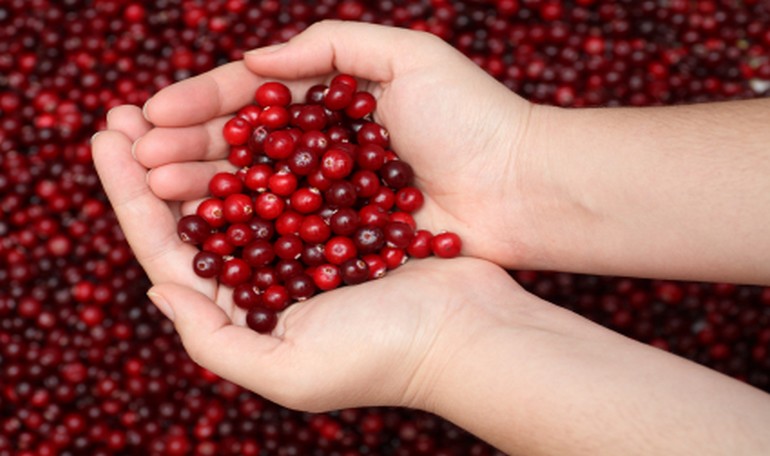
The berries, although very attractive in appearance, usually are not eaten fresh for the bitter and high astringent tannins of their pulp, that is dry and spongy. Today the 90% of cranberries are addressed to the production of juice (alone or mixed with other fruit); in America, moreover, they are much appreciated by the confectionery industry (jam, jellies, dried fruits, snacks) and by the canning industry that commercializes them canned, whole or reduced in purée.
The fruits are also used to obtain extracts and concentrated for multiple gastronomic purposes and the food industry finds in the cranberry an excellent dyeing because the pigments of the peel are stable and don’t tend to darken. American cranberries contain significant amounts of anthocyanosides, flavonoids, citric, malic, quinic and hippuric acids, and many other substances that have antibacterial properties which carry on their actions especially in the urinary tract.
For their high content of vitamins and antioxidants the cranberries are among the so-called "superfruits", i.e. those fruits that are very rich in nutrients and antioxidants, among which we find, for example, blueberry, mango, grape, pomegranate, açai (the fruit of the palm that grows in the Amazon), goji (a berry shrub of Tibetan origin, the Lycium barbarum).
The cranberries are especially appreciated by the Americans as a sauce to go with meat, in particular the turkey of the Thanksgiving day.
Published 01 March 2017

